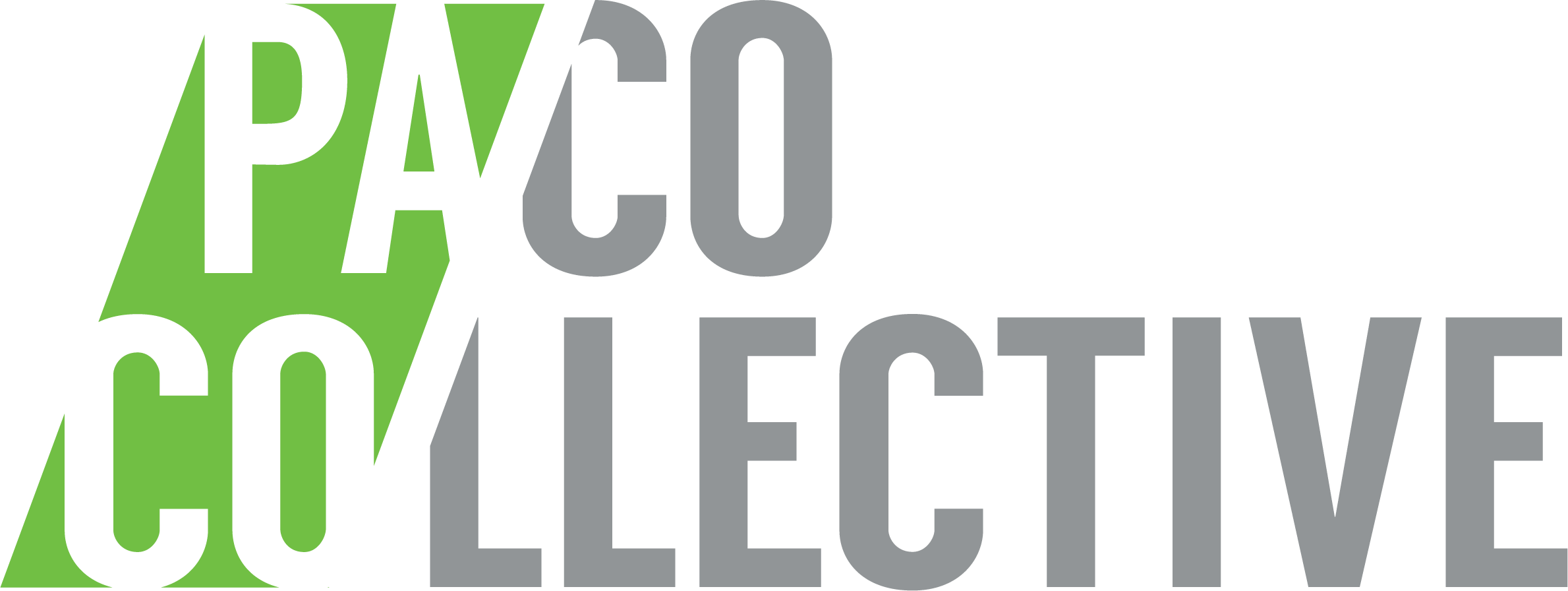Inclusive Marketing
Four Ways Utility Companies Can Promote Behavior-Based Programs
- May 15, 2019
- Written by Ozzie Godinez, CEO/Co-Founder
Utility companies that want to promote energy efficiency have different ways to motivate end users to incorporate behavior-based practices that focus on savings that occur only through changes in individual or organizational behavior.
These are the kinds of campaigns that go beyond the basics. For example: simply suggesting that turning off lights is all that’s needed to save energy. Instead, behavior-based programs are based on motivating changes in human behavior using data analytics and smart technologies. The idea is that once consumers have a deep understanding of their energy usage, habits, and results, they will be motivated to change their behavior so that they’ll see long-term savings. In behavior-based programs, changes are not dictated from above but come from within. It is the job of utility companies to help motivate users to take those actions.
Of course, users may not trust the provided data, or question the source. That means utility companies must go beyond their campaigns to focus how they communicate, which often is just as important as the behavior itself. They can start these four ways:
- Establish the right messaging. When given data that outlines the full scope of their energy consumption, consumers can change their behavior to lower costs. But what is needed more is not just correcting behavior but getting consumers to understand why they are changing their behavior. This requires messaging that goes beyond the data. Instead, consumers need to see how energy usage plays a role in all aspects of their lives, inside and outside the home to they can understand what it takes to create sustained change.
- Make home energy reports and audits authentic. Utility companies routinely create reports or energy audits that use analytics to show users, not just how much energy they are using, but at what times of day, where within their home energy is used most or least, and how energy usage fluctuates over a period of time. Audits often use that data to create scenarios where users can see how their usage compares to other homes their size. In order to make the data effective, it needs to be accompanied by strong storytelling that authenticates the numbers and brings them to life.
- Show consumers how to leverage smart technology. Utility companies use smart technology such as app-based sensors to motivate changes because it provides real-time data into energy use that users can then experiment with to achieve best case results. Campaigns need to focus on why gaining control via technology matters. Education messaging should not just be on the “how” of operating the new technology, but is should also break down in simple terms why the technology should be trusted to deliver accurate, and therefore motivational, results. Users need the full scope of the technology’s benefits (the “what” and “how”) but also why the commitment is worth the effort.
- Make energy campaigns personal. Campaigns need to highlight opportunities within the home where energy consumers should focus their attention most. They are: heating and cooling temperature set points, hot water usage patterns, and equipment usage patterns. Obviously, how a home is heated or cooled, or how much water is used, are personal choices depending on lifestyle, mood, and more. Messaging should therefore focus on personalization; understanding the options for personalizing utility use can give users greater ownership of their living environment.
Check out on the full white paper on behavior-based energy marketing programs.
At PACO Collective, we specialize in utility marketing. Let’s connect if you want to chat about how we can apply a cross-cultural approach for your brand.
If you like this, you may like our other blogs. Click here for more resources.






